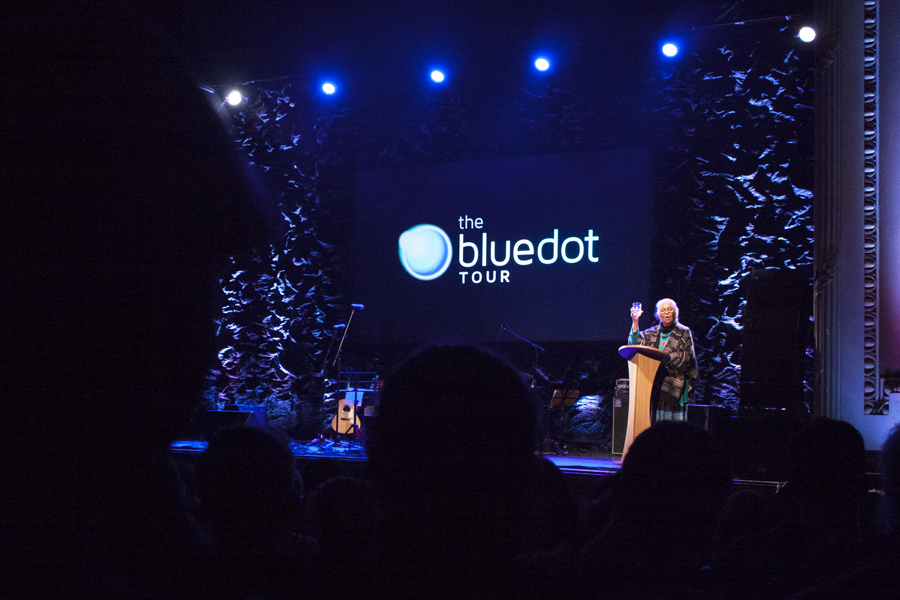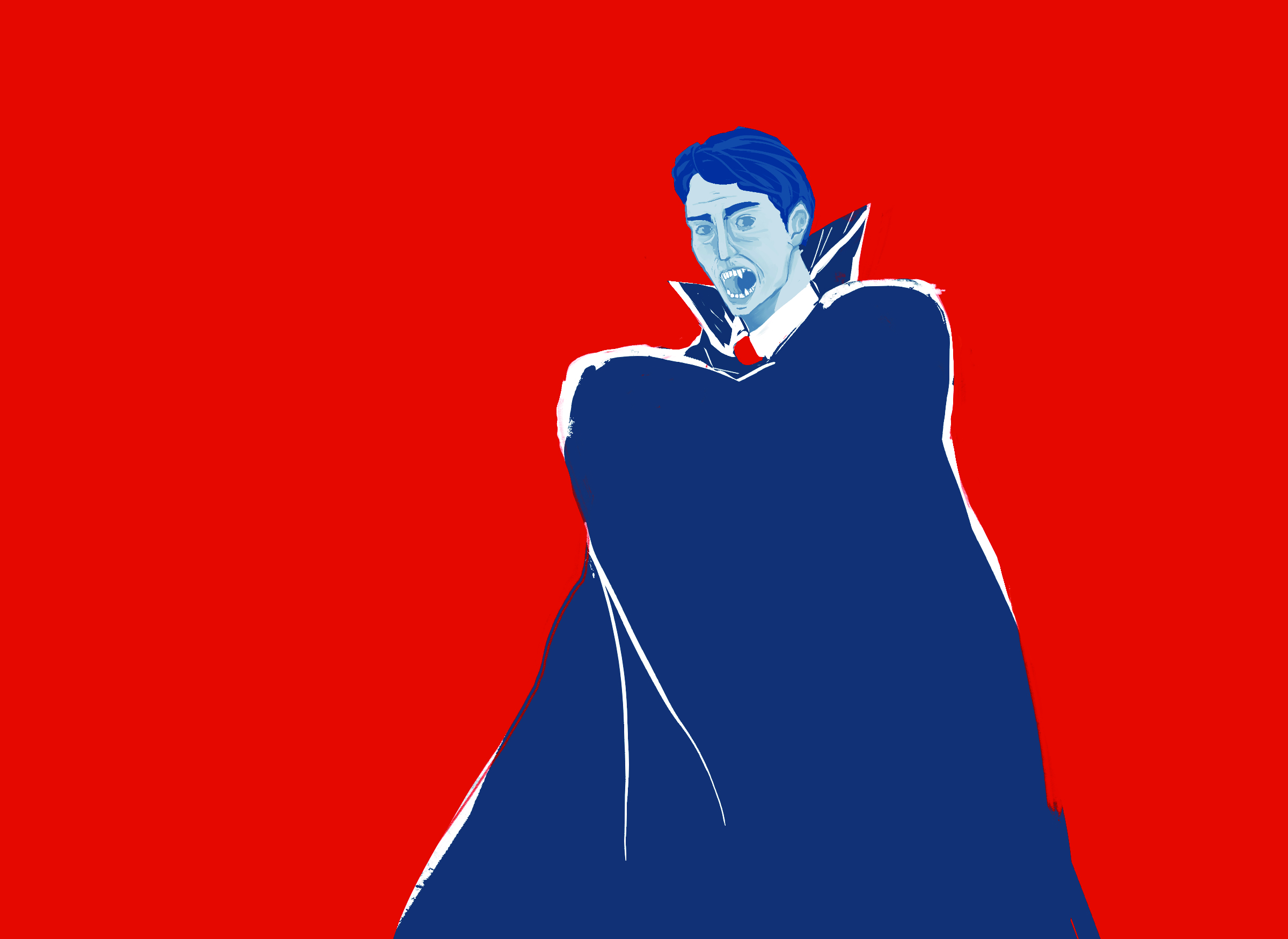Courtesy of Warner Bros., Free Willy entered theatres on July 16, 1993, and quickly warmed the hearts of millions. In the film we meet Jesse as an abandoned, troubled 12-year-old boy with no home or real family. We meet Willy (Keiko) as he is yanked out of his familial waters and crammed into a small tank to begin his career in public entertainment. Marketed as an unlikely friendship between a killer whale and a “street kid,” this film made all of us believe that we too could form a bond with these gigantic creatures.
Although Free Willy is a family movie, its implications generated concerned reactions from the public. For anti-captivity activists, it may have been the best thing to come out of 1993. The film brought issues to the attention of a wider audience, and fueled a battle that began when the first orca was captured in 1961. Twenty years later, the narrative is just as real and requires just as much attention.
While Jesse cleans up the theme park he had vandalized after being placed in a foster home, Rae, the trainer, teaches him to train Willy. The narrative unfolds as the water park owners attempt to kill Willy for the insurance money, and Rae, Jesse, and his new friend Randolph transfer Willy from the park to the ocean, driving miles to reunite him with his family. As the park owners try to stop them from backing that truck into the water, every viewer in America practically waded into the water with Jesse, cheering as that animatronic whale jumped in slow motion over the rock wall, sprinkling us with fresh sea water.
As David Kirby highlights in Death at SeaWorld, the release of the film sparked a battle between SeaWorld and the Humane Society of the United States (HSUS). Activists from the HSUS used the press of the film as an opportunity to emphasize that whales have no place in captivity. SeaWorld disliked the film and denied that Willy’s narrative was anything like those of the whales in captivity.
This fight continued for years and, since there are still whales in captivity, it is long from over. But among this disagreement, there was a much bigger life at stake: Keiko’s. Keiko had been taken captive from Iceland at a young age, and his eventual release as the first orca to return home mirrors Willy’s.
As the credits appear in front of a video of whales frolicking in the wild, a note says, “You can personally help save the whales of the world by calling 1-800-4-WHALES.” This number was called by millions who wanted the real-life Willy to be freed, and a plethora of donations were collected. This, along with Keiko’s new star status, led to various organizations and activists fighting to free Keiko, who was trapped in a hot, chlorinated pool at an amusement park in Mexico City. He was moved to the Oregon Coast Aquarium in 1996 to improve his living conditions. He was then brought to a netted sea-pen in Iceland in 1998, and in 2002, Keiko was fully released into the wild, though he still experienced occasional supervision.
From having lived so long in captivity, Keiko loved people, and would often swim near the shore. In 2003, though, he swam immensely far, ending up in Norway, where he took his last breath. He is assumed to have died from pneumonia, and lived one of the longest lives of orcas in captivity.
The Keiko/Willy story is an emblem of all the whales that have yet to be freed; until the last whale is released from captivity, we have not yet freed Willy.



